Reviewed by Corey Noles
The iconic photography company that once dominated American households finds itself at another crossroads. Eastman Kodak has firmly denied reports suggesting it's preparing to shut down, following widespread media coverage of the company's financial struggles and SEC filings that raised substantial doubt about its future. The 133-year-old company, which filed for bankruptcy in 2012 as digital technology disrupted its core film business, now faces roughly $500 million in upcoming debt obligations with limited liquidity to meet them.
What makes this crisis particularly significant is Kodak's historical importance to American innovation. In the 1970s, Kodak was responsible for 90% of film and 85% of camera sales in the United States, and at its peak in 1997, the company boasted a market capitalization of $31 billion. Now, with a current market cap of just $492.80 million, the company's potential demise represents more than corporate financial distress—it's the possible end of an American industrial icon.
Despite the alarming headlines, Kodak maintains it has a viable path forward, centered on strategic debt management and business transformation initiatives that could determine whether this American industrial icon survives its latest existential challenge.
The debt dilemma: $500 million and counting
Here's the reality behind the headlines: Kodak is staring down approximately $500 million in debt obligations that mature in May 2026, while holding just $155 million in cash as of Q2 2025. The company's total current liabilities now stand at $729 million, with $479 million in short-term borrowings creating what auditors call "substantial doubt" about continuing operations.
Now here's the thing—this isn't just about a company running out of cash. The debt structure tells a more complex story about financial engineering gone wrong. Most of that massive burden comes from term loans that were originally due later but got accelerated to May 2026 through loan amendments that essentially compressed Kodak's timeline for finding solutions. It's like having your mortgage payment suddenly moved up by several years—even if you had a workable plan, you now need a much faster and more dramatic one.
This acceleration wasn't random either. Lenders typically invoke such clauses when they lose confidence in a borrower's ability to meet future obligations, creating a self-fulfilling prophecy of distress. For Kodak, this means they're not just managing normal debt maturity—they're dealing with creditors who have already signaled their lack of faith in the company's trajectory.
The numbers paint a stark picture, but Kodak isn't throwing in the towel. The company has outlined a strategy to address its $477 million term debt, including accessing $300 million from a pension plan termination scheduled for December 2025. This represents the cornerstone of their survival strategy—Kodak is pursuing a pension plan termination to free up approximately $500 million in cash, though regulatory approval and timing remain critical factors.
Here's how this pension strategy could actually work: Companies sometimes carry more assets in their pension plans than they owe to retirees and former employees, creating what's essentially trapped cash that can be freed through termination and plan buyouts. The mechanics involve purchasing annuities from insurance companies to cover retiree obligations, then accessing the surplus funds for corporate use. If Kodak can execute this smoothly—requiring approval from the Pension Benefit Guaranty Corporation and careful management of retiree transfers—they'd suddenly have breathing room that fundamentally transforms their financial picture.
However, pension terminations aren't guaranteed windfalls. The process typically takes 12-18 months, regulatory approval can be unpredictable, and market conditions affect both annuity costs and asset values. With Kodak's debt maturing in May 2026, they have a narrow window where everything must align perfectly.
The remaining financial puzzle involves managing $177 million in additional debt and $100 million in preferred stock, requiring either refinancing, conversion, or extension agreements with creditors. It's a complex financial restructuring that echoes the company's 2012 bankruptcy experience, but this time they're attempting to navigate it while maintaining operations and stakeholder confidence.
Beyond film: the transformation struggle
Kodak's current predicament stems from more than just debt—it's the latest chapter in a decades-long transformation story that raises fundamental questions about corporate reinvention. In Q2 2025, revenue fell to $178 million, a 4.3% decline year-over-year, with operational EBITDA turning negative at -$4 million. The company's traditional print business continues to face headwinds, while newer ventures show mixed results.
Think about it this way: Kodak has been pivoting for literally decades, with each strategic shift representing management's attempt to find sustainable growth beyond their legacy business. In the 1980s, Kodak tried chemicals. The 1990s brought digital imaging attempts. The 2000s saw inkjet printer ventures. The 2010s had that blockchain experiment with KODAKCoin. And in the 2020s, they've moved into pharmaceuticals. That's a lot of strategic redirections for one company over four decades, raising questions about whether the issue is execution, market timing, or fundamental business model challenges.
What makes this pattern particularly concerning is that Kodak wasn't a late adopter to digital innovation—they were actually pioneers. Kodak invented the first digital camera in 1975 and held over 1,000 patents related to digital cameras and image processing. Their challenge wasn't technological capability but rather the classic innovator's dilemma: they perceived digital photography as a threat to their highly profitable film business and wrongly assumed the transition would be slow.
The Advanced Materials & Chemicals (AM&C) segment represents Kodak's biggest bet on the future, leveraging their core competency in chemical processes for new applications. In Q2 2025, the segment reported $75 million in revenue, a $2 million increase from Q2 2024, with operational EBITDA flat at $8 million. CEO Jim Continenza has positioned AM&C as a "critical pillar" of the company's transformation, particularly following FDA registration of Kodak's cGMP pharmaceutical facility in Rochester, New York.
The pharmaceutical pivot gained meaningful momentum when the facility began manufacturing phosphate buffered saline (PBS) for laboratory use in Q2 2025. PBS might not sound glamorous, but it's a fundamental component used across medical and research applications—think of it as providing the chemical equivalent of plumbing supplies to a booming construction industry. The global PBS market, while niche, represents steady demand from pharmaceutical companies, research institutions, and medical device manufacturers.
However, this venture faces significant structural challenges that go beyond typical market competition. Breaking into pharmaceuticals means competing with established companies like West Pharmaceuticals and B. Braun, which have decades of regulatory relationships, established supply chains, and customer trust. The pharmaceutical industry values stability and proven track records above almost everything else—qualities that a financially distressed company struggling with debt obligations may find difficult to project to potential customers.
Market reality check: what the numbers really say
Despite the dire headlines, some financial metrics suggest the market might be pricing in a worst-case scenario that doesn't fully account for Kodak's underlying value or turnaround potential. The company trades at a P/E ratio of 6.35x, relative to industry P/E ratio of 37.71x, and a P/B ratio of 0.77x, relative to industry P/B ratio of 5.14x. These valuations reflect deep market skepticism about the transformation, but also potential upside if the company successfully navigates its current challenges.
What's particularly interesting is the disconnect between market perception and some operational improvements that suggest management has been making progress on efficiency, even as the debt burden overshadows everything else. KODK profit margin has gone up from 6.7% to 9.8% in the past year, indicating that the company has successfully shed unprofitable business and improved operational execution despite revenue pressures. This demonstrates that the underlying business operations aren't fundamentally broken—the crisis is primarily financial structure rather than operational incompetence.
The operational picture shows the classic profile of a company in successful operational turnaround but facing capital structure problems. However, the company has a relatively high debt to equity ratio of 1.78, and there are more long-term liabilities than short-term assets on the KODK balance sheet, highlighting the liquidity mismatch that sparked the current crisis.
Recent performance data shows Eastman Kodak Co stock last closed at $6.16, up 1.14% from the previous day, and has increased 35.73% in one year. You might be wondering how a stock can be up 35% in a year while the company faces existential challenges—that's the peculiar nature of distressed situations, where even small improvements, survival hopes, or speculation about potential bankruptcy recoveries can drive significant price movements. The stock remains volatile, reflecting investor uncertainty about whether management can execute their turnaround plan before running out of cash and creditor patience.
This volatility also reflects the binary nature of Kodak's situation. In distressed investing, outcomes tend to be highly polarized—either the company successfully restructures and potentially delivers outsized returns, or it fails and shareholders face significant losses. The 35% gain likely reflects both operational improvements and speculation about potential upside scenarios, rather than fundamental confidence in the current trajectory.
Can Kodak survive its latest reinvention?
The path forward requires executing a complex financial and operational transformation under intense time pressure, with little margin for error or external shocks. Kodak's survival hinges on three critical factors that must align almost perfectly: successfully completing the pension plan termination to unlock desperately needed cash, negotiating favorable terms with creditors for remaining obligations, and demonstrating that new business segments can generate sustainable profits at sufficient scale.
Here's what makes this situation particularly precarious compared to traditional corporate restructurings: unlike their 2012 bankruptcy, Kodak is trying to solve this while maintaining operations and creditor confidence. In Chapter 11 bankruptcy, companies get an automatic stay that freezes creditor actions while they reorganize under court protection. This time, they're essentially performing financial surgery while staying conscious—much more difficult, but potentially less disruptive to ongoing business relationships and customer confidence, which are crucial for pharmaceutical and industrial chemical businesses where stability matters enormously.
The company's denial of shutdown reports reflects management's confidence in their strategy, but the mathematics suggest little room for error or delay. With debt obligations maturing in May 2026 and limited liquidity, the next 12-18 months will likely determine whether this iconic American company can complete another remarkable transformation—or whether its 133-year journey finally reaches its end.
The pension plan termination scheduled for December 2025 becomes the crucial inflection point that will determine all subsequent possibilities. If regulatory approvals come through smoothly and the cash flows as expected, Kodak buys themselves significant breathing room to prove their new business model and negotiate from a position of relative strength. If regulatory delays occur, market conditions deteriorate, or the surplus proves smaller than anticipated, they'll likely face another bankruptcy filing or potential liquidation by mid-2026.
For tech industry observers and business strategists, Kodak's situation serves as a sobering reminder that even companies with strong intellectual property portfolios, diversification strategies, and operational improvements can face existential challenges when debt loads collide with operational pressures and creditor impatience. The outcome will offer valuable lessons about corporate resilience, the limits of financial engineering, and the challenges of business transformation in capital-intensive industries where customer relationships and regulatory compliance create high switching costs and long adoption cycles.
Sound familiar? This echoes the broader challenge facing many legacy industrial companies trying to reinvent themselves in an increasingly digital and specialized world—except Kodak is attempting it with a ticking financial clock that makes every strategic decision exponentially more critical and every execution delay potentially fatal.



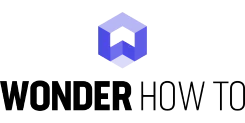
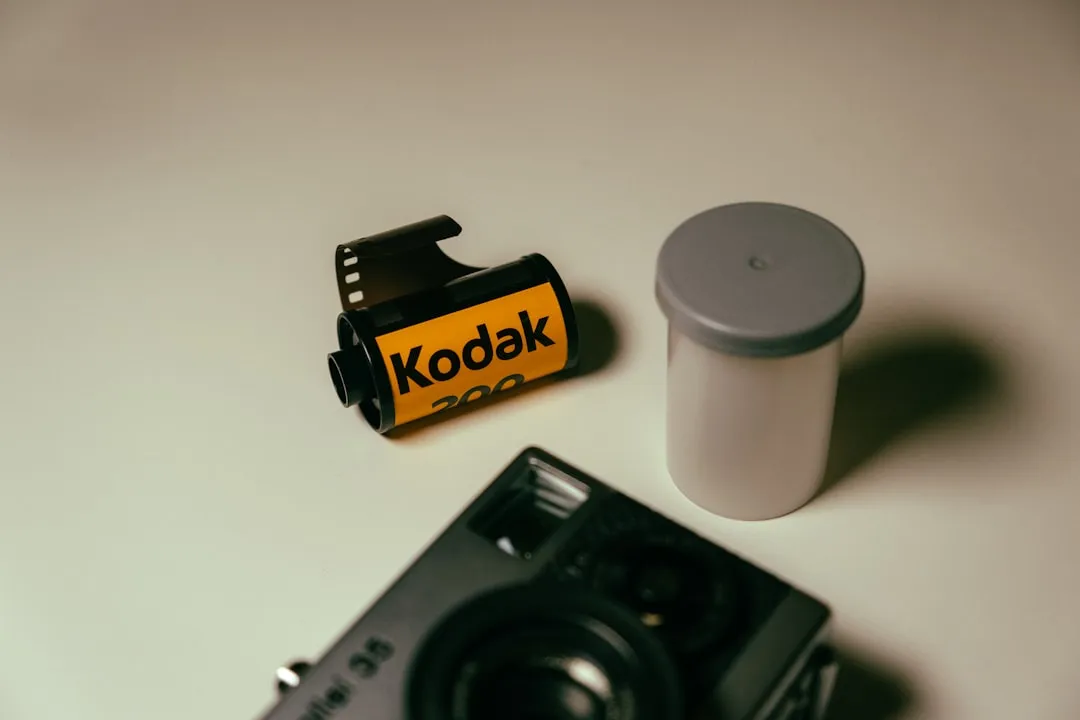
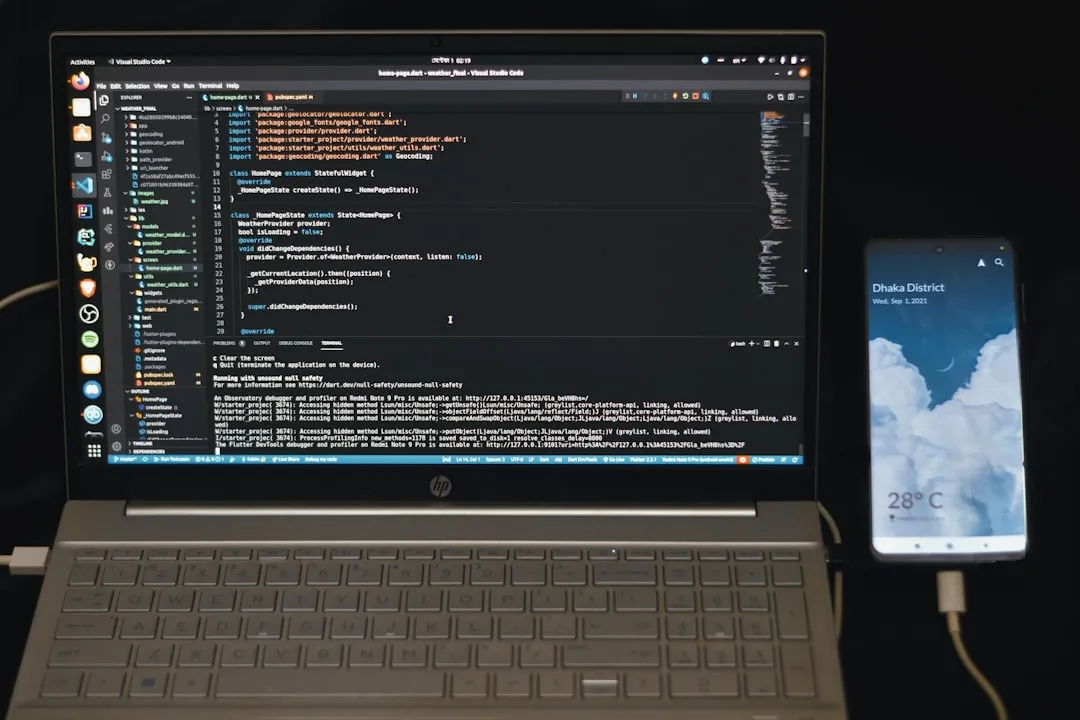

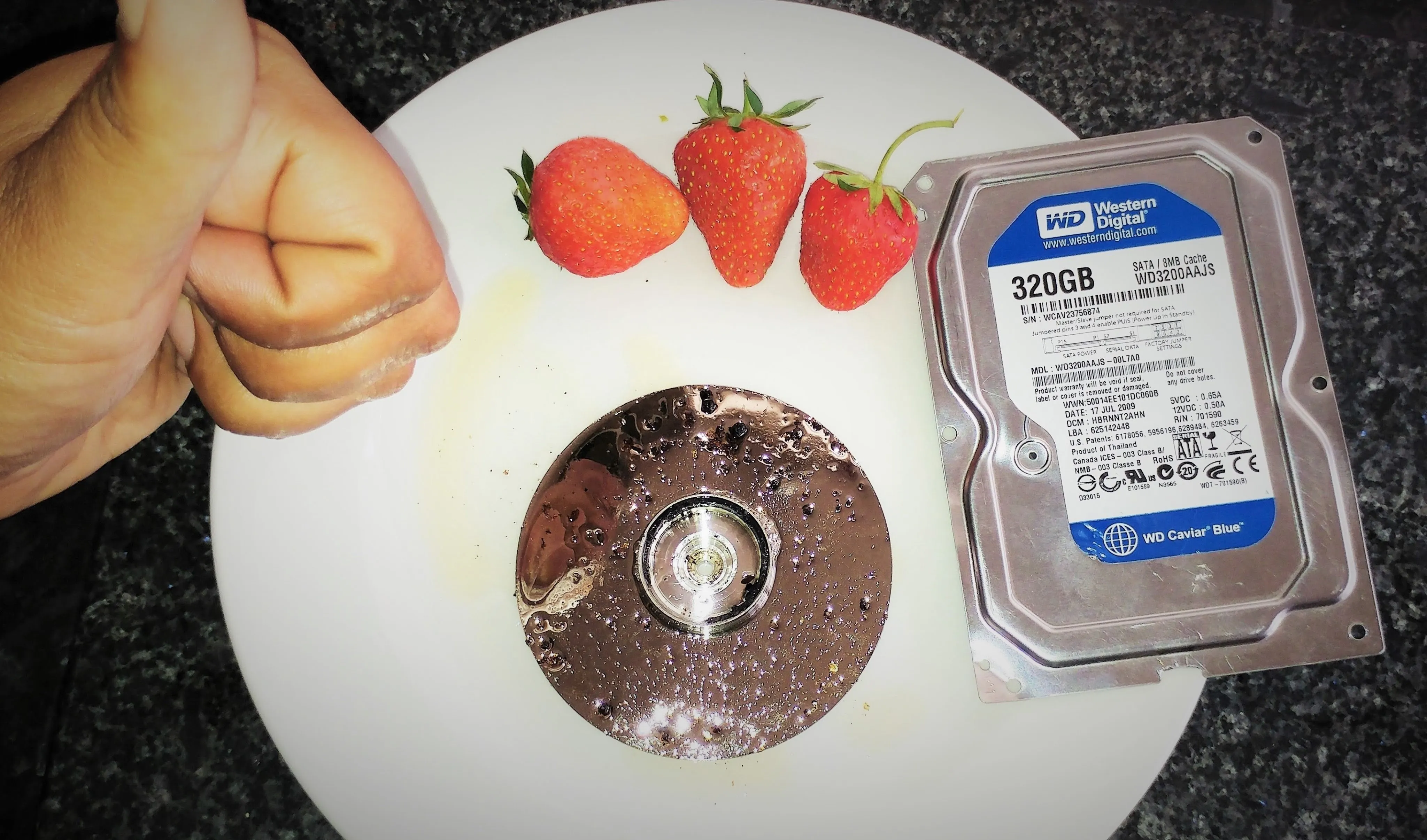
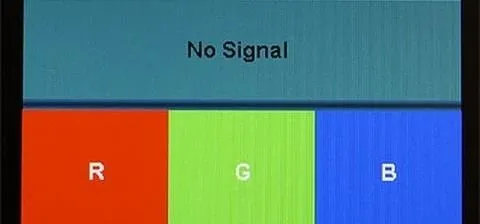

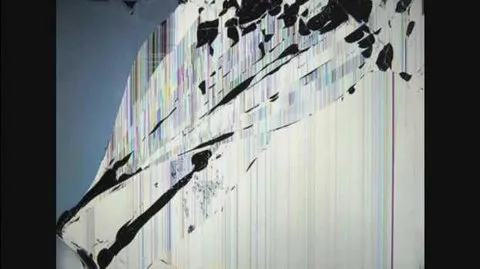




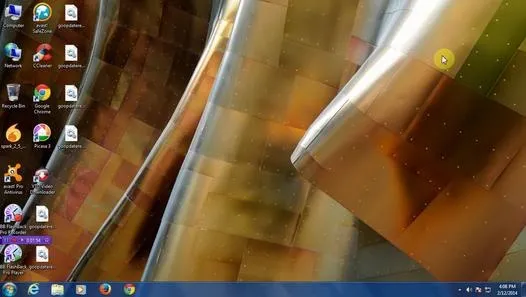
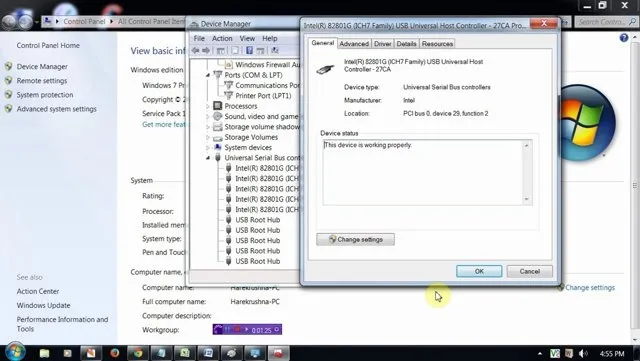



Comments
Be the first, drop a comment!